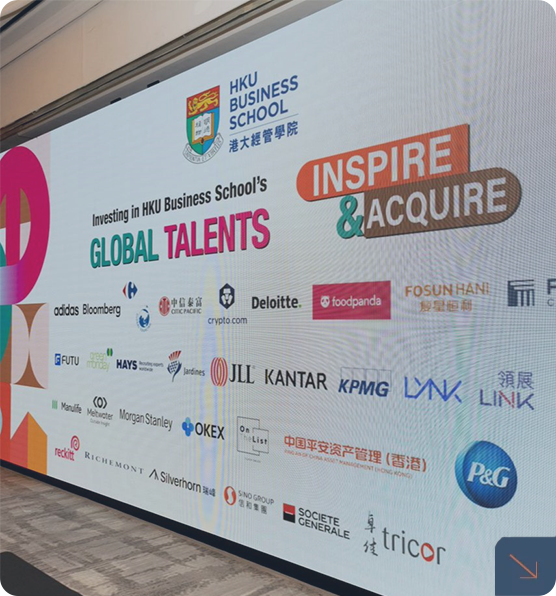“Corporate Political Advocacy and Sales: Evidence from a Quasi-Experiment” by Dr. Kitty Wang
Speaker:
Dr. Kitty Wang
Assistant Professor
Bauer College of Business
University of Houston
Abstract:
We use data from a large U.S.-based specialty retail brand and a similar control brand before and after an involuntary revelation of the focal brand’s political position to study if and how corporate political advocacy (CPA) affects sales. We find that, on average, total sales of the focal brand do not change significantly after the event relative to the control brand. However, sales increase in places where the local political preference aligns with the focal brand’s position and decrease in places where the local political preference misaligns with the focal brand’s position. The change in sales after the event ranges from –26.8% (–20.4%) to 69.7% (57.6%) with a mean of 3.73% (5.51%) for sales dollar amount (quantity) across locations. We also find that the change in the customer base rather than basket size drives the effect of CPA. In addition, changes in online sales drive the change in total sales, and there is no qualitative difference between the shift of purchase of conspicuous and inconspicuous products after the event. These data patterns suggest that consumers’ reactions to CPA are motivated by their intrinsic need to support political ideologies, rather than the need to signal their political ideologies to others.





